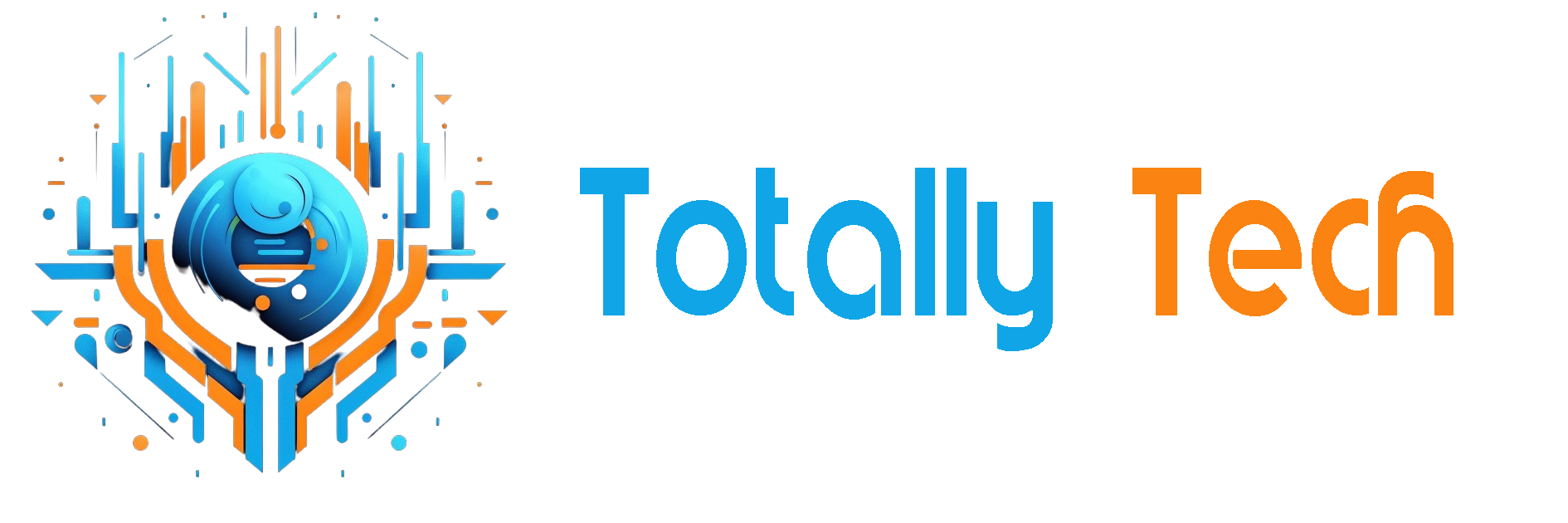
Aytekin Tank is the founder of Jotform, an automation enthusiast, and an author. Founded in 2006, Jotform is the pioneering WYSIWYG online form builder, which has grown to serve over 25 million users worldwide and employs a team of more than 650. In 2016, Entrepreneur Magazine named Jotform one of the “Best Privately-Owned Companies in America.”
As CEO, he’s proud to lead the company’s ongoing growth and development, with an annual growth rate of over 50 percent and a commitment to introducing cutting-edge features and integrations.
In addition to his role as CEO, Aytekin is a productivity and automation advocate and recently authored the WSJ bestselling book “Automate Your Busywork.”
Aytekin shares his philosophies as a business leader and CEO in columns in Forbes, Entrepreneur, Fast Company and Unite.AI.
Jotform was one of the first WYSIWYG online form builders. What inspired you to create Jotform back in 2006, and how did you validate the need for it in the market?
The idea for Jotform came when I was working as a developer for a New York media company. One of my responsibilities was creating online forms from scratch. It was tedious and redundant, and never left me feeling particularly inspired. It was also time-consuming. At a certain point, I thought to myself: there has to be a faster, more efficient way. So I started moonlighting as a solopreneur—building my online form startup on nights and weekends and clocking a 9-to-5 every weekday.
As for validating the idea, Jotform was inspired by a frustration that I was experiencing. I figured that anyone in my role—working as a developer for any organization—would greatly benefit from it. I began with a freemium product to test out the waters. Then, as I realized people were willing to pay for it, I developed a paid version as well. I decided I’d wait to quit my day job until my startup earnings equaled my salary. In the summer of 2005, I turned in my resignation and went all in on Jotform.
You bootstrapped Jotform and grew it into a company serving 25 million users. What were the biggest challenges you faced in the early years, and how did you overcome them?
In the early years—and please keep in mind, this was well before the rise of AI—my biggest challenge was making time for the bigger-picture thinking necessary to take my company to the next level. Busywork, like emails, scheduling, and everyday administrative tasks, were monopolizing my schedule and quite frankly, left me feeling drained at the end of the day. I felt like I was never doing enough, and at the same time, I was running on empty. It was a real conundrum. Worst of all, I knew we were missing opportunities to offer our users adjacent products and services that could make their lives easier.
When I started looking for automation solutions in my own daily processes, it was a real watershed moment—for myself and the business. It didn’t change the substance of my work—it transformed my approach. Instead of trying to accomplish as many tasks as possible on my to-do list, my approach began with identifying redundant, time-consuming tasks that I could automate. Then, I found myself with more time for work that felt meaningful—like strategizing how to roll out new products and break into new markets. Not only that, I had more time to rest, which has been critical for long-term, sustainable growth.
How has the evolution of no-code and automation tools influenced Jotform’s product development and vision over the years?
The number of no-code and automation tools on the market has skyrocketed. It’s to the point where if you’re not on board with the automation revolution, you’re doing a disservice to your company and/or career. But one thing that has served Jotform is our internal automation-first mindset. On an enterprise and individual level, we’re always looking for new ways to automate manual tasks—in other words, we’re looking to make our own work lives easier. And that speaks to our core mission—automating online forms and collaboration tools to make our users’ lives easier, and continually looking for new ways to do so. In a sense, we’ve practiced what we preach since the onset of automation.
Jotform is launching its AI Agents on February 25, 2025. Can you give us an overview of this new product and the problems it aims to solve?
We’re really excited to offer this new product to our users. I think it will transform how people work. Essentially, Jotform AI Agents will help Jotform users create online forms and accomplish goals requiring multiple steps. For example, instead of sending someone an event registration form, you send them a phone number. They call and provide the necessary information by talking to an AI agent that understands natural language—so the person doesn’t have to stick to a rigid script. For its part, the AI agent isn’t just filling out the form, but it’s also updating the company’s internal records, answering the customer’s questions, and more. Importantly, an AI agent can take the next steps based on its own reasoning and decision-making, reducing the need for human input. And the best part: it doesn’t need rest or vacation time—it’s on call 24/7.
How do Jotform AI Agents differ from other AI-powered chatbots and automation tools on the market?
For starters, Jotform AI Agents, like most agents, are more dynamic and autonomous. Their behaviors and actions aren’t conscripted. They’re reasoning, making decisions, executing tasks, and learning as they go—all on their own. To break it down a bit further, a chatbot responds to a simple decision tree with scripted responses. It must stay within its scope. An AI agent, on the other hand, can reason and act autonomously, making complex decisions about novel issues, accessing information across the business, and completing tasks accordingly. Google has compared AI agents to a chef—planning recipes, gathering ingredients, developing dishes, and tweaking as they go. In that case, a chatbot is more like a line cook following predetermined recipes.
Businesses often struggle with customer service automation. How do Jotform AI Agents ensure a more “friendly” and human-like interaction?
In our testing, we’ve actually found that users prefer AI Agent interactions for various reasons, the most obvious being the speed of response and round-the-clock availability. But interestingly, people also seem less inhibited when speaking with AI customer service agents. They’re not self-conscious about asking seemingly silly questions. They’re not worried about asking the same question repeatedly until they truly understand something. In a sense, they’re more likely to get the help and clarity they need. We’ve found that customers care more about efficiently getting the help they need than exchanging pleasantries, especially if it’s an issue that can be resolved relatively quickly.
Will users be able to customize and train their AI Agents to fit specific business needs, or will they follow pre-set workflows?
Yes. We’re rolling out thousands of AI agents for a vast array of businesses and roles—from customer support and sales AI agents to tattoo studio and school administrator AI agents. For its part, a business can interact with its AI agent in real time to refine its responses and improve its knowledge base. For example, by adding relevant URLs, documents, and frequently asked questions, all intending to ensure agents provide accurate and helpful information. One way that agents differ from generative AI is their capacity to retain information from past interactions. This enables them to train themselves as well, offering a more personalized customer experience with each engagement. Finally, training an AI agent is intuitive and flexible—no coding experience is required.
You recently wrote about how AI Agents are transforming early-stage entrepreneurship. If you were starting Jotform today, how would AI agents have changed your approach?
When I started my business, I was pretty adamant about not accepting outside funding. I was confident in my idea, but I also felt that in order to build a business with staying power, I had to grow it organically. Going the VC-funded route may have skewed the perception of Jotform’s validity. If I were starting Jotform today, I would have even more reason to follow the bootstrap route. As I’ve written, AI agents offer early-stage entrepreneurs so many ways to automate routine, administrative tasks and focus on improving their products and scaling their businesses.
So, to answer your question, I don’t think AI agents would have changed my approach, but I can imagine I would have scaled faster—and still not taken outstanding funding.
You’ve written extensively about automation, including in your book Automate Your Busywork. How do you personally use AI Agents or automation tools to manage your daily tasks as a CEO?
When it comes to my daily workload, I begin with an automation-first approach—if there’s an AI-powered tool to accomplish a task that doesn’t need my personal attention, I’m probably using some version of it. I use AI Agents and automation tools for scheduling, brainstorming, tightening up my daily workflows, meetings, and more. Between time saved and impact boosted, the effects of automation are compounded. Consider meetings: instead of spending half an hour preparing the agenda, an hour in the meeting (where your attention is jumping between conversations and note-taking), then preparing a recap and drafting follow-up emails, an AI agent can tackle all of the meeting-related tasks and enable you to fully focus on the actual conversations. It’s a no-brainer.
What advice would you give to startups and small businesses looking to integrate AI into their workflows but unsure where to begin?
If I were to give startups and small businesses one piece of advice, it would be to monitor the latest AI tools, and carve out time for experimenting with them and incorporating them into your daily workflows to automate as many manual processes as possible. It may require building some slack into your schedule, but you will recapture that time and so much more once you begin automating and delegating to AI agents. But maybe the most important change will be your energy: instead of feeling frazzled by your constantly growing to-do list, you’ll have space and time to work on more meaningful tasks that leave you energized—the kinds of things that remind you why you threw your hat into the entrepreneurial ring in the first place.
Thank you for the great interview, readers are encourage to visit Jotform, to read his book Automate Your Busywork, or to read some of his writing on our website.
The post Aytekin Tank, Founder & CEO of Jotform – Interview Series appeared first on Unite.AI.



